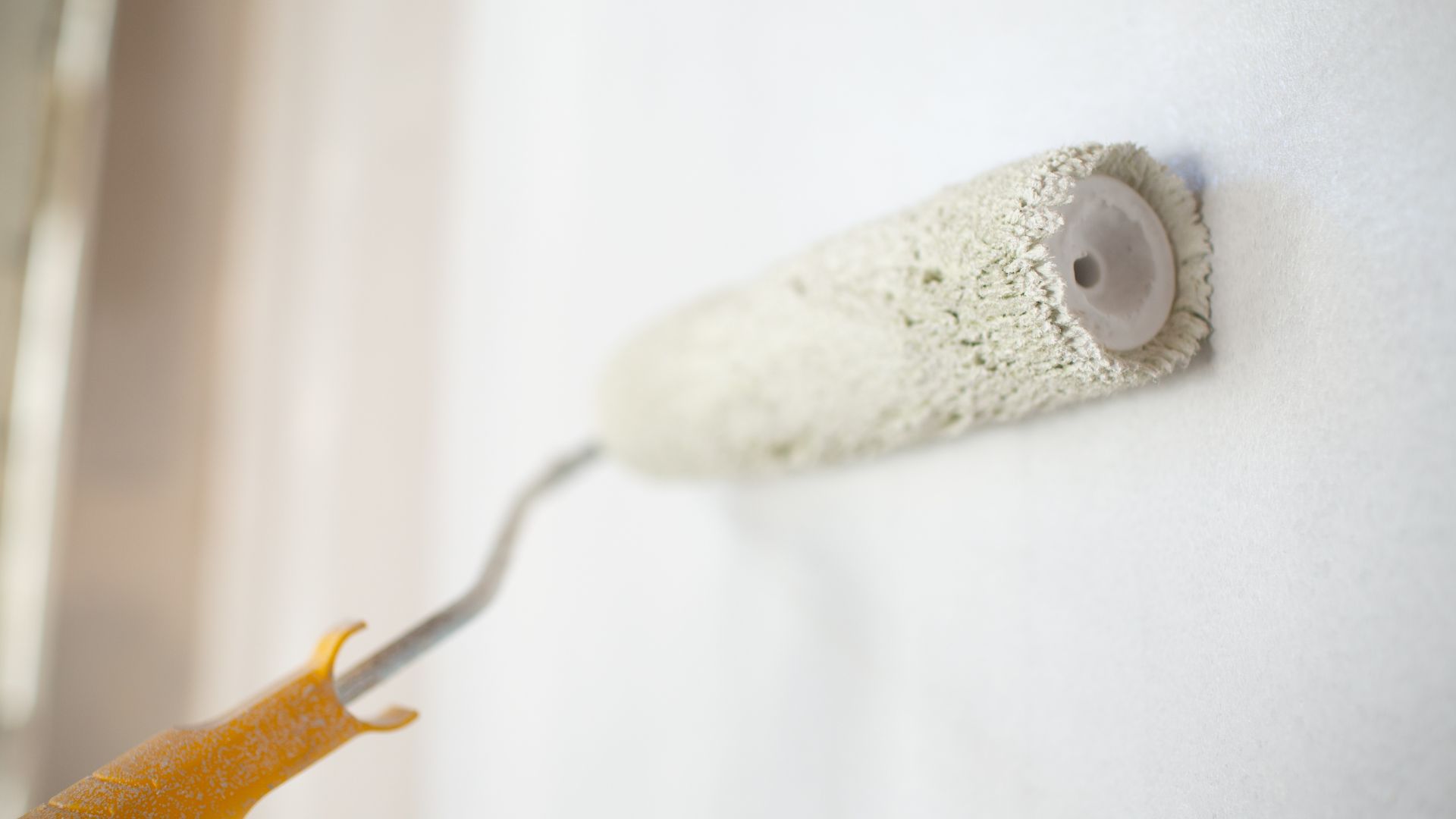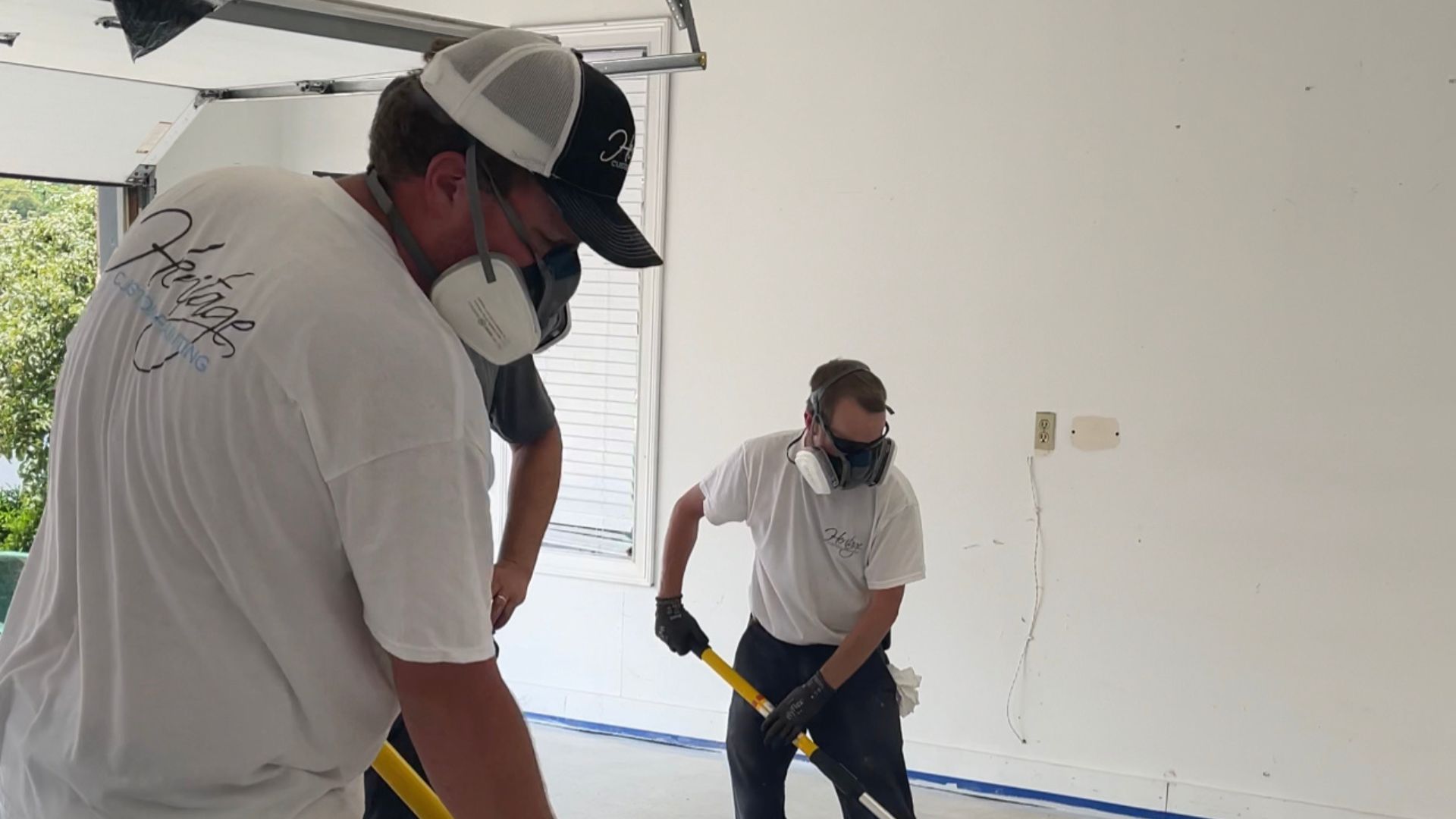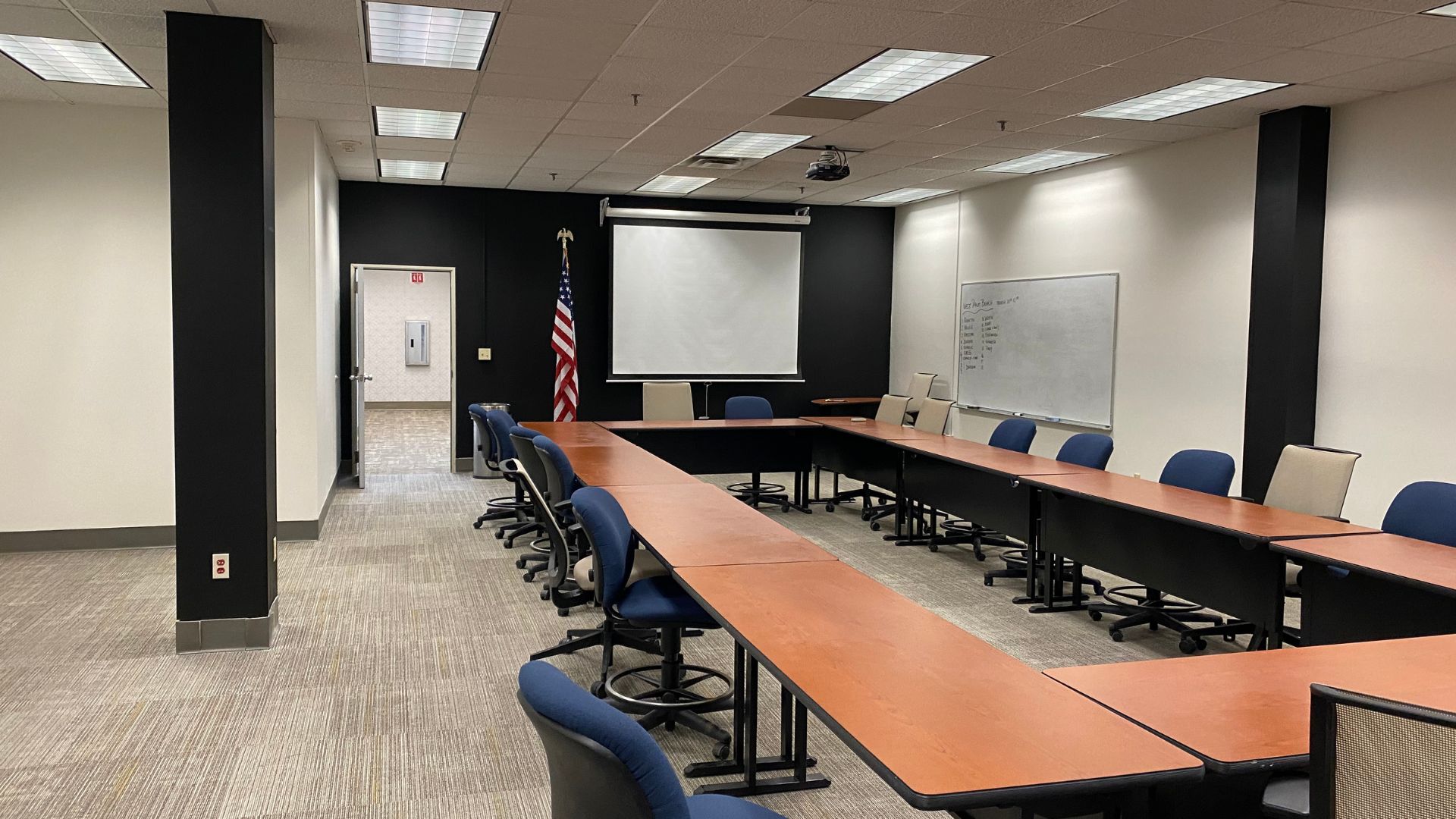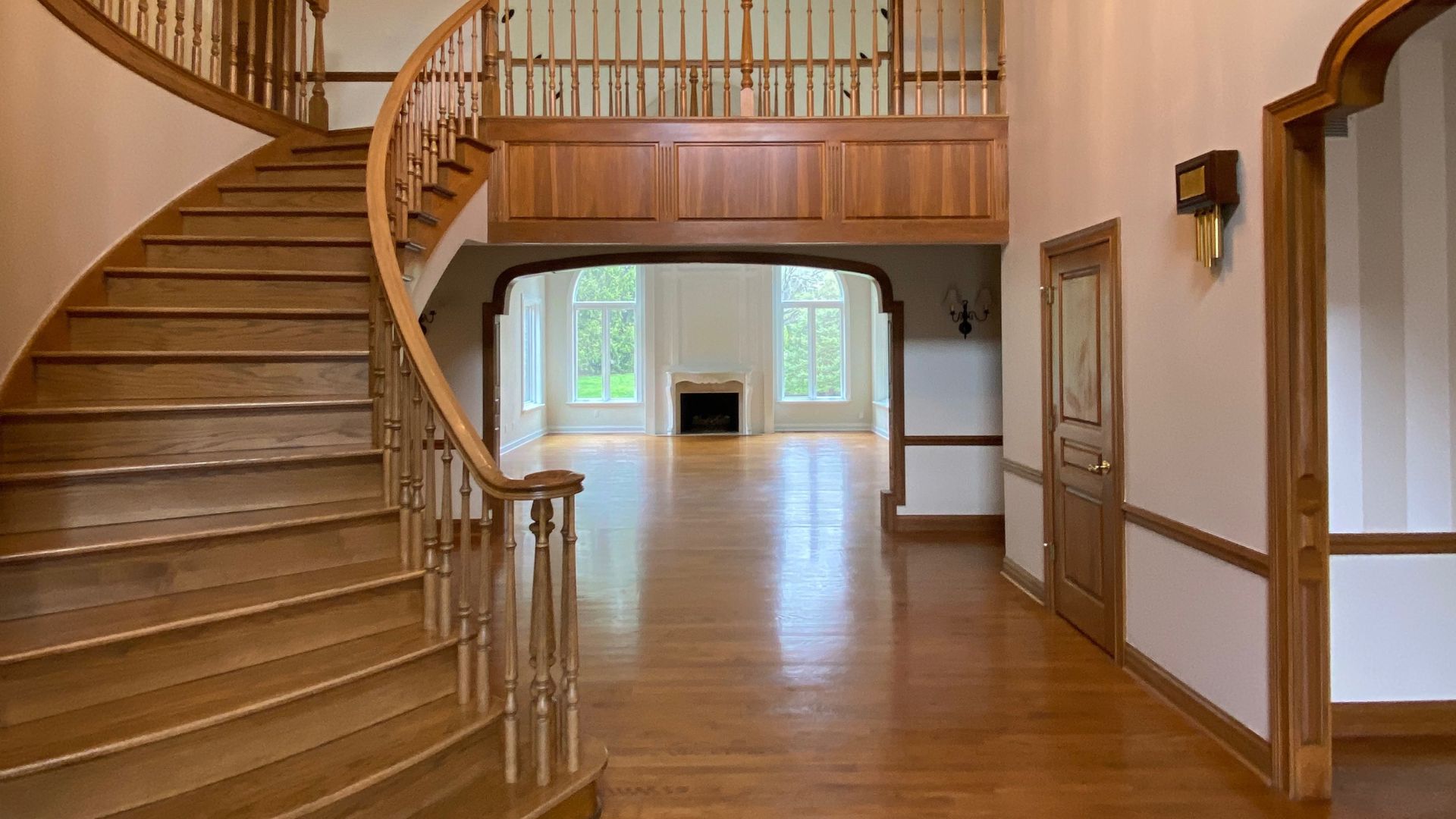What is Backrolling Paint?
If you’re interested in getting your home interior repainted, you have likely seen some videos of professional painters at work. you may have even seen some of them use a sprayer to apply paint and then follow up the spray application with a roller. Why do painters do that?
This is a method called backrolling. Backrolling is an important step to help the paint bond to the surface for a smooth and durable finish.
Here are some of the common questions about backrolling and why it is important for any interior (or exterior) project.
Recommended reading:
What is Backrolling Paint?
What is Backrolling Paint? If you’re interested in getting your home interior repainted, you have likely seen some videos of professional…
Important Questions to Ask Before You Hire a Professional Painter
Important Questions to Ask Before You Hire a Professional Painter Painting your house is a big deal and it requires a…
What is a VOC?
What is a VOC? If you do any amount of research into paint products, you will likely come across the term…
Does Heritage Paint Offices?
Does Heritage Paint Offices? Heritage Painting has a robust range of services for commercial clients, and we are happy to serve…
Can You Make My Wood Stain Lighter?
Can You Make My Wood Stain Lighter? Whether you are purchasing a new home with stained wood components or just aren’t…
Interior vs Exterior Paint – What’s The Difference?
Interior vs Exterior Paint – What’s The Difference? Say you’ve recently had your house exterior painted, but you notice the interior…
WHAT IS THE PURPOSE OF BACKROLLING PAINT?
Spraying application is the fastest way to achieve a smooth finish, but it can sometimes sag or drip. That’s why it’s best practice to follow up with a backroll to press the paint into the surface for maximum adhesion.
IS IT NECESSARY TO BACKROLL AFTER SPRAYING?
Yes, you always want to follow up a spray application with backrolling. Back rolling ensures the bond between a porous surface and the paint, and skipping this step means the finish is more prone to peeling or flaking because it was not pressed into the surface. Backrolling also helps fix common issues like sags and drips.
WHAT HAPPENS IF YOU DON’T BACKROLL AFTER SPRAYING?
If you don’t backroll after a spray application, the paint will not properly adhere to the surface, which can lead to failure issues like chipping and peeling. You may also notice issues like drips and sags.
DO YOU NEED TO BACKROLL INTERIOR PAINT?
You should backroll any time you use a spray application, and that includes when you are painting interior walls.
IS IT BETTER TO SPRAY OR ROLL INTERIOR WALLS?
This comes down to a matter of time and preference. Spray applications can certainly be faster, especially if the house is empty. However, overspray is something to be cautious of, as you don’t want to get paint anywhere it doesn’t belong.
That’s why for most interior projects, we will usually just roll the walls. However, for certain projects, like kitchen cabinets or whole interior projects, spray application is usually the best route.
DO YOU NEED TO BACKROLL KITCHEN CABINETS AND OTHER FINE FINISH WORK?
Fine finish work like kitchen cabinets, trim, and doors, are the exceptions to the backrolling rule. These systems usually require a different process and paint products specially suited for the job. As such, they do not need backrolling after application. This is to ensure the finish cures with a smooth factory-like finish.
DO YOU NEED TO BACKROLL EXTERIOR PAINT?
Backrolling isn’t as essential on certain exterior projects, as the paint naturally grips aluminum and vinyl siding better. However, it’s still important to backroll any time you spray wood siding. Pressing it in allows the paint to sink into the pores of the wood, making for a stronger adhesion.
You should always back roll exterior wood siding.
If you’re ready to get an exterior quote, fill out the form below for a free estimate from Heritage Painting. Our professional team provides detailed and itemized quotes, and we provide complementary color consulting and virtual rendering services to all of our clients.
Get a Free Quote From Heritage Painting
Fill out the form below and experience the difference today.






